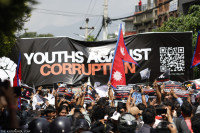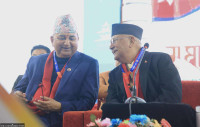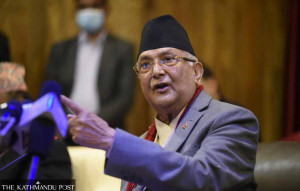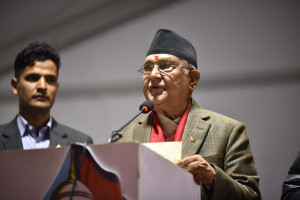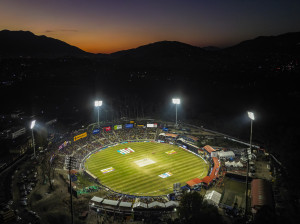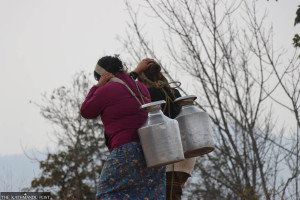Editorial
Healthy alternative
Public pressure forces govt to transfer medical college owned by MPs to state
Under pressure from a wide variety of quarters, the government has taken steps to transform the Manmohan Memorial Institute of Health Sciences (MMIHS) into a public entity. The idea of MMIHS was first mooted around four years ago, when the government issued a letter of intent allowing the establishment of a new medical college. MMIHS thus emerged as a cooperative, where a large number of investors, mostly belonging to the CPN-UML, invested in the venture.
From the start, the project hit a number of obstacles. For one, it soon emerged that Kathmandu did not have enough adequately trained personnel to run a new medical college. Meanwhile, there was widespread concern that medical colleges were being opened simply as a business venture, and were charging exorbitant fees to provide sub-standard education. Dr Govinda KC repeatedly went on hunger strikes to prevent the opening of new private medical colleges in the Valley. Due to pressure from the strikes, the government formed the Mathema Commission, which recommended a ban on opening new medical colleges for the next decade.
However, after the KP Oli government came to power, it disregarded the Mathema Commission’s recommendations, and started taking steps to allow the MMIHS project to move forward. A bill towards this end was drafted and tabled in Parliament in December. This was met with widespread anger among the medical community. Kedar Bhakta Mathema and other members of the commission campaigned widely to withdraw this bill from Parliament.
As a result, the government decided to find an alternative to the standoff. Soon, the authorities realised that the National Academy of Medical Sciences (NAMS), based at Bir Hospital, was in search of new premises to expand its operations, and the idea to transfer MMIHS to the publicly owned body came into being. This was a good solution.
One the one hand, it would allow an expansion of public health services and post-graduate medical education in Nepal. As everyone recognises, the provision of better health facilities to the population is of urgent necessity. On the other hand, the investors of MIHS would recover their money, as the government would buy MMIHS from them and pay back its loans.
This is a heartening step. It reveals that if members of civil society come together, the government and ruling parties can be prevented from taking self-serving decisions that are against the broader interests of the people. It is also noteworthy that the authorities were able to come up with a creative solution to a difficult problem.
We now hope that the process of transferring MMIHS into the hands of the state will be a smooth process and devoid of additional controversy. After all, the dispute between the government on the one hand and Dr Govinda KC and the Mathema Commission on the other has already occupied far too much time and energy. Its cost has already been immense.




 17.12°C Kathmandu
17.12°C Kathmandu

